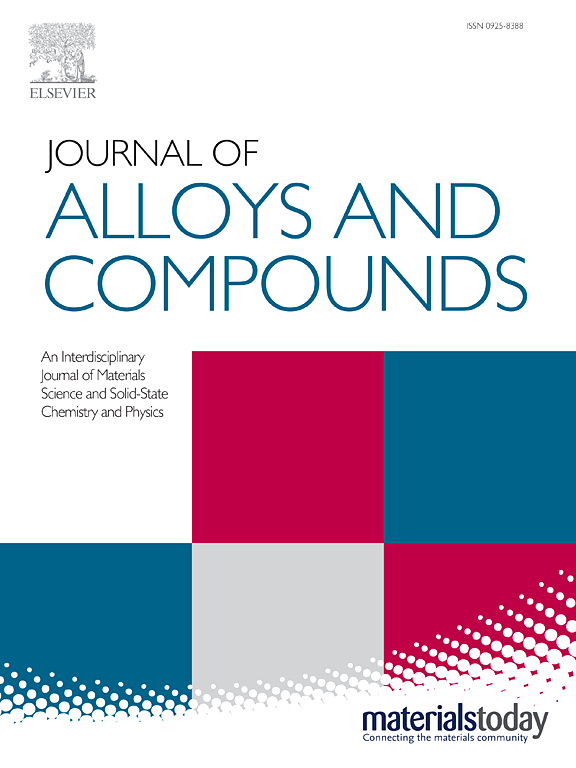pH-mediated hydrothermal synthesis of SnO2 for enhanced ethanol sensing: Structural regulation and performance optimization
IF 5.8
2区 材料科学
Q2 CHEMISTRY, PHYSICAL
引用次数: 0
Abstract
Developing high-performance gas sensors through facile synthesis remains challenging. Here, a pH-mediated hydrothermal strategy for precisely engineering SnO2 nanostructures toward exceptional ethanol sensing is reported. By systematically tuning hydrothermal pH from 2 to 13, hierarchical control of crystallinity (XRD), particle morphology (SEM/TEM), and band structure (UV-Vis) are achieved. The strong alkaline condition (pH=13) yielded monodisperse 5–10 nm nanoparticles with optimized (101) facet exposure, delivering record-high response of 97.2 toward 400 ppm ethanol at 300°C, improvements over acidic (pH=2) and neutral (pH=7) counterparts, respectively. Mechanistic studies reveal that extreme pH conditions promote charge-driven crystallization kinetics, suppressing particle agglomeration while increasing oxygen vacancies. The obtained sensitivity (20.64 ppm−1) and linearity (96.95 %) surpass some multifactor-modified SnO2 sensors reported. This single-variable approach demonstrates cost reduction compared to composite modification methods, establishing a generalizable paradigm for transition metal oxide optimization. The fundamental insights into pH-dependent growth mechanisms provide new design principles for scalable nanofabrication.
求助全文
约1分钟内获得全文
求助全文
来源期刊

Journal of Alloys and Compounds
工程技术-材料科学:综合
CiteScore
11.10
自引率
14.50%
发文量
5146
审稿时长
67 days
期刊介绍:
The Journal of Alloys and Compounds is intended to serve as an international medium for the publication of work on solid materials comprising compounds as well as alloys. Its great strength lies in the diversity of discipline which it encompasses, drawing together results from materials science, solid-state chemistry and physics.
 求助内容:
求助内容: 应助结果提醒方式:
应助结果提醒方式:


